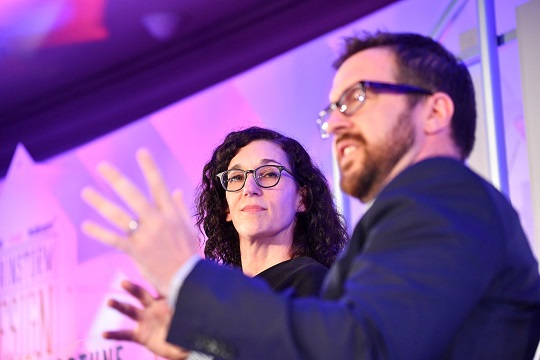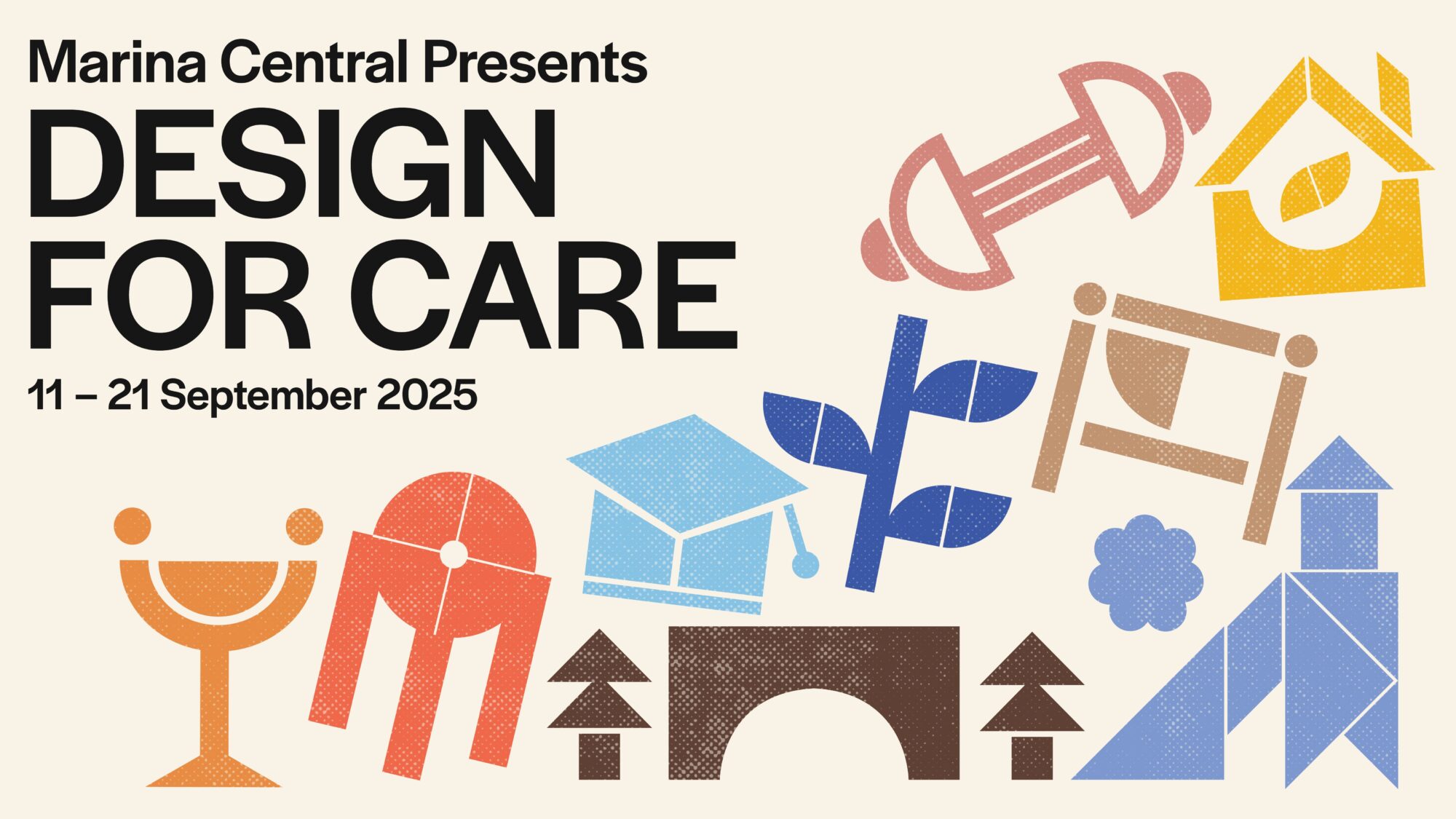Seven ways to Succeed with AI

When Rod Farmer’s team developed Augmented Reality (AR) for a four-wheel drive across the Sahara, they found that people were uncomfortable when their view of themselves through the headsets was without arms. In the second version they gave them arms, down by the sides. People simply brought their arms down from the steering position to mimic what they saw in AR.
This and other insights came fast and furious at the Brainstorm Design Conference, when Brian O’Keefe of Fortune spoke with Rod Farmer of McKinsey & Company, and Silka Miesnieks of Adobe on Artificial Intelligence (AI). Pooled together here are their insights.
- Know what goes on in the human mind – cognitive dissonance. When designing for Augmented Reality (AR), factor in how humans behave when there is a disjoint between what they see in AR and themselves. There is tendency for humans to reconcile the difference and make the body mimic what they see in AR.
- Respect human emotions and needs. When Google Glass was released, there were strong reactions that Google had not expected. Snap Inc. thought through the details more, and Snap’s Spectacles were well received. The Spectacles had spinning lights to let others know a video was being recorded; with the Google Glass, people did not know if they were bring filmed. Respect the human need for privacy.
- We still need humans. Humans are great processing and understanding images, but AI does this with dramatic efficiency when there are millions of images to sort through. But there also have been humiliating instances for companies when image recognition by AI went wrong. For many things powered by AI, you still need humans to process the nuances.
- Don’t automate a bad process. There’s little point in that. Instead, go back to the drawing board, design a better process and then see how much of that can be automated.
- Be excited, not afraid. In the aggregate, the jobs made redundant may look like a lot, but automation actually addresses only a percentage of a person’s job – the administrative and repetitive tasks. It frees knowledge workers up to do what they are great at.
- Get or grow the talent you need. AI breaks into new fields of design and new types of skills. Where will the skill come from? Brand your company right to attract talent from the big boys. You also build the skill in-house, from internal training and development. This is the pragmatic approach, apprenticeship by training. Play and experiment. “Those people who play now will be the people who will teach us later,” said Farmer.
- Be responsible. Be very responsible with AI, as with any powerful new technology.








